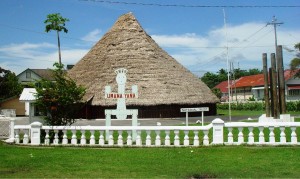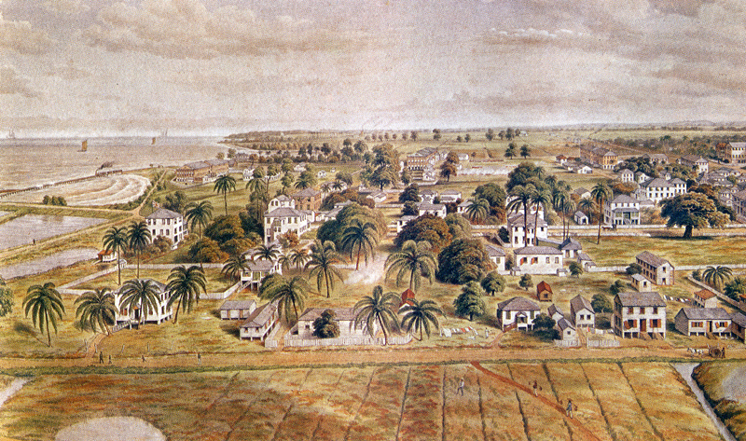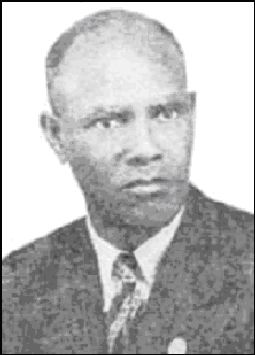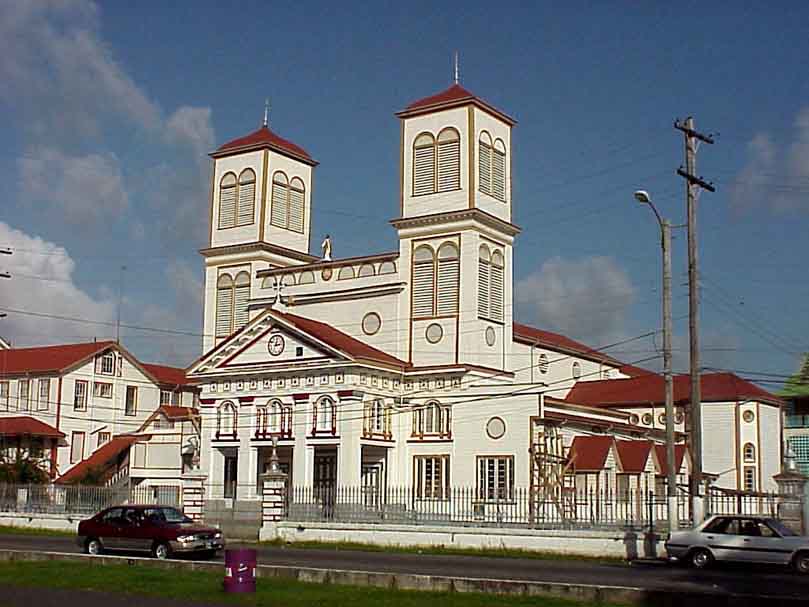Guyana is a nation that has a colourful history and is home to several cultures. For this reason, this richness and diversity of our past, it is critical to preserve our heritage. The relevant organisation, The National Trust of Guyana, is a government enterprise whose mandate propels its commitment to the preservation and conservation of historic buildings and sites in Guyana. Therefore we aim to enlighten the public about various events, aspects, symbols, landmarks and structures which has moulded our rich and diverse heritage.

The Umana Yana, currently one of the gazetted monuments of Guyana, is a conical shaped palm thatched hut also referred to as a benab. Shaped like the Wai-Wai benabs found in Guyana’s hinterland the word Umana Yana is of Wai Wai Amerindian origin meaning, “meeting place of the people.”
Constructed to host the inaugural meeting of the Non – Aligned Foreign Ministers Conference in 1972, the Ministry of Foreign Affairs was charged with the erection of the building. Seeking assistance from the Department of Interior Development, an all Amerindian team of the Wai Wai tribe led by Chief Elka, accompanied by some sixty others, was recruited for the job, although architectural drawings and plans were commissioned from architect George Henry.
Located on the lawns of the former Mariner’s Club at the north eastern end of High Street and Battery Road, next to the Pegasus Hotel, it is now a permanent and much admired part of Georgetown’s scenery, often used as an exhibition and conference centre. The structure measuring 55 feet (16.78 meters) in height with a diameter of 26.8 metres occupies an area of 460 square metres making it the largest structure of its kind in Guyana.
Utilising traditional materials and building techniques used by their ancestors, it is made from thatched allibanna and manicole palm leaves, wallaba posts bound together with mukru, turu, and nibbi vines. Notably, nails were not used in its construction.
Completed in a mere eighty days at a cost of $26,000, on August 8, 1972, the flags of more than eighty nations fluttered proudly along the eastern edge of the Umana Yana’s compound as the conference was convened.
Housed in the compound is The African Liberation Monument “in memory of all of those who have struggled and continue to struggle for freedom from Human Bondage”, it was unveiled by former president Forbes Burnham on August 26, 1974.
This monument like many others across Guyana is collectively our heritage and the history from which we have all emerged. For this reason it is imperative that we ensure its continuity, although monuments or structures alone do not constitute our heritage. Our heritage is made up of both tangible and intangible elements. These too, ought to be preserved for the benefit of the future generations.
The National Trust of Guyana, which undertakes to promote and safeguard the nation’s heritage wishes to remind citizens that preservation is a task which requires the cooperation of all Guyanese as our heritage is conserved for the enjoyment of all. We wish to encourage the community to take an active role in ensuring the long term survival of Guyana’s patrimony by exercising care and respect at all times when visiting monuments and heritage sites.



